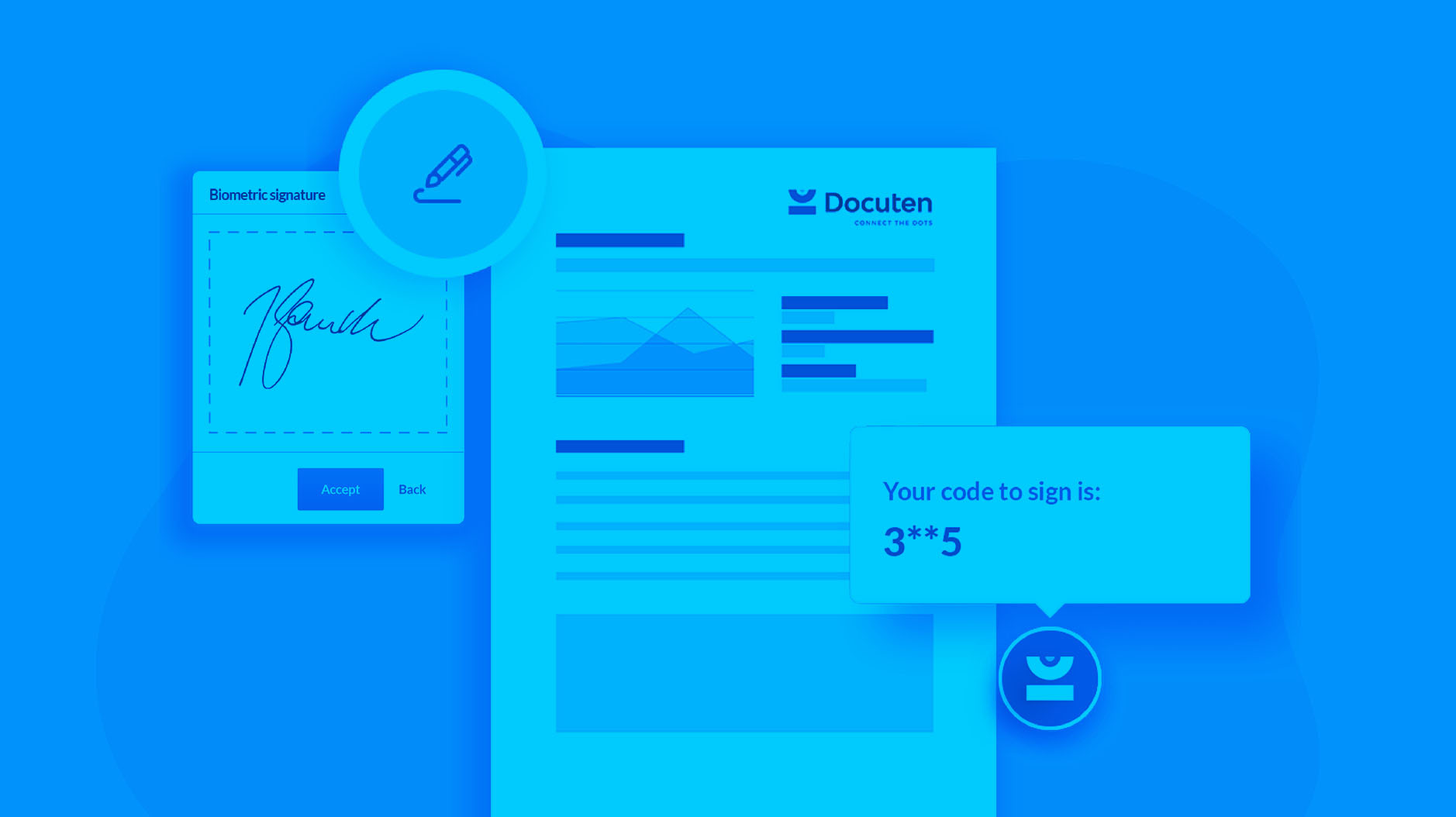What is an advanced electronic signature? Types, legality and use cases

The advanced electronic signature is a type of electronic signature included in Regulation (EU) No 910/2014 on electronic identification and trust services for electronic transactions in the internal market (eIDAS). The Regulation lays out a common framework for electronic signatures in the EU and outlines several different types of electronic signatures (like the qualified electronic signature) in addition to the advanced electronic signature.
What are the legal requirements for an advanced electronic signature?
According to Article 26 of the eIDAS Regulation, an advanced electronic signature has to meet the following requirements:
✔️ it is uniquely linked to the signatory;
✔️ it is capable of identifying the signatory;
✔️ it is created using electronic signature creation data that the signatory can, with a high level of confidence, use under his sole control of her; and
✔️ it is linked to the data signed therewith in such a way that any subsequent change in the data is detectable.
Types of advanced electronic signatures
1. Biometric signature: the biometric signature allows you to sign documents in a similar way to the handwritten signature, on any mobile device (tablet, smartphone) with full legal validity.
2. OTP signature: the signature with OTP (One-Time Password) is done by sending a one-time code with temporary validity to the signatory by SMS or email.
Do they comply with the previously defined legal requirements?
With Docuten they do 👍
Biometric signature
Our biometric digital signing solution lets you sign documents with a handwritten signature on a device with a touch screen, like a tablet or smartphone. The biometric information in your signature is recorded and encrypted in the document itself.
The biometric data plus the time stamp identify the signatory and guarantee the inalterability of the document. This is because the speed, pseudo pressure, angular accelerations, number of strokes, etc. are all recorded in the electronically signed document and represent unique, non-transferable evidence.
Although signing with a mouse or copying/pasting a digital reproduction onto a document are considered legal, they are legally weak digital signatures. They are easily challenged in court since it is not possible to collect biometric data.
That’s why, at Docuten, we don’t allow biometric signatures to be done with a mouse or using any other procedure that doesn’t collect 100% legally solid evidence from the electronically signed document.
A biometric signature can be used for a variety of different company operations including signing employment documents, delivery slips, with clients, and much more.
Signature with OTP
The connection to and identification of the signatory (and proof that the ability to sign a document is under his or her exclusive control) is achieved by relying on the email or phone number indicated to complete the signature process. An OTP code that must be used to sign the document is sent to the email or phone number of the signatory.
The integrity of the signed document is guaranteed since we sign the document with a qualified digital certificate from Docuten Tech SL, acting as a qualified service provider.
Can you use an advanced electronic signature instead of using a signature that requires a qualified certificate?
Yes, of course 👌
A qualified certificate enables you to a sign with a qualified electronic signature.
There are differences between a qualified electronic signature and an advanced electronic signature, but both types of digital signing solutions are secure, legal and are included in the eIDAS Regulation.
The main differences between qualified and advanced electronic signatures are based on legal assurance, usability and simplicity. In this line, the idea of proportionality when choosing a digital signing solution is key. For particularly important documents, the highest level of assurance should be used, which would be the qualified electronic signature. However, for something like signing a vacation time request, usability should be prioritised over the highest assurance level.
Through our experience and knowledge we are able to effectively advise our clients on all the various signature solutions available so they can best choose what works for their needs.
So what are some common advanced electronic signature applications and use cases?
Companies across different industries are learning that digital signature is not just useful for one department. From HR and Sales to Finance and Legal, all different departments can get their important documents signed and streamline internal processes using digital signature.
Check out these success stories:

Signatures for every need
Global Omnium uses our signature with OTP for signing labor contracts , which has made getting documents signed that much easier since their employees are geographically dispersed.
To register clients, however, Global Omnium relies on our biometric signature on site. This flexibility has made all the difference.

From Spain to Dubai in under a second
Kimak (formerly Grupo Caamaño) has employees all over the map, but was having difficulties staying on top of legal compliance when signing labor contracts.
They implemented the digital signature with OTP so that employees could receive and sign employment contracts in the moment, regardless of where they were located.
Contact us today to learn what our advanced electronic signature solutions can do for your company!
Docuten has been certified as a Qualified Trust Service Provider
in accordance with Regulation (EU) No 910/2014
regarding electronic identification and trust services
for electronic transactions (eIDAS Regulation).
👉 EU Trusted List 👈
For more information on electronic signature regulations in Spain check out our recent post.
